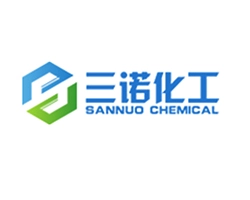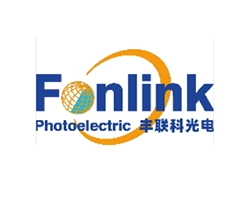Using tungsten substrate in electronics manufacturing has a number of advantages, including:
Thermal conductivity: Tungsten substrate has excellent thermal conductivity, which makes it an ideal base material for electronic components that require high levels of heat dissipation.
Chemical stability: Tungsten substrate is highly resistant to chemical corrosion and wear, making it a reliable base material for thin film deposition of various materials to create electronic components.
Mechanical properties: Tungsten substrate has excellent mechanical properties, including high strength and durability, which makes it ideal for use in high-performance electronic applications.
Electrical properties: Tungsten substrate has excellent electrical conductivity, making it a suitable base material for the creation of electronic components that require high levels of electrical conductivity.
Flatness: Tungsten substrate can be manufactured with exceptional flatness and uniformity, which is important for electronic applications that require precision and consistency.
Compatibility: Tungsten substrate is compatible with a wide range of other materials commonly used in electronics manufacturing, which allows for the creation of complex multi-layered electronic components.
High melting point: Tungsten has a high melting point of 3410 °C which makes it suitable for high-temperature applications without degrading the substrate material.
Overall, the use of tungsten substrate in electronics manufacturing provides a reliable base material for creating high-performance electronic components that are durable, precise, and efficient.


 EN
EN
 jp
jp  ko
ko  fr
fr  de
de  es
es  it
it  ru
ru  pt
pt  ar
ar  tr
tr 
















































